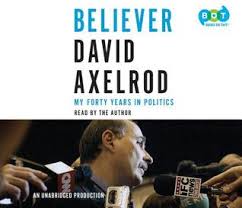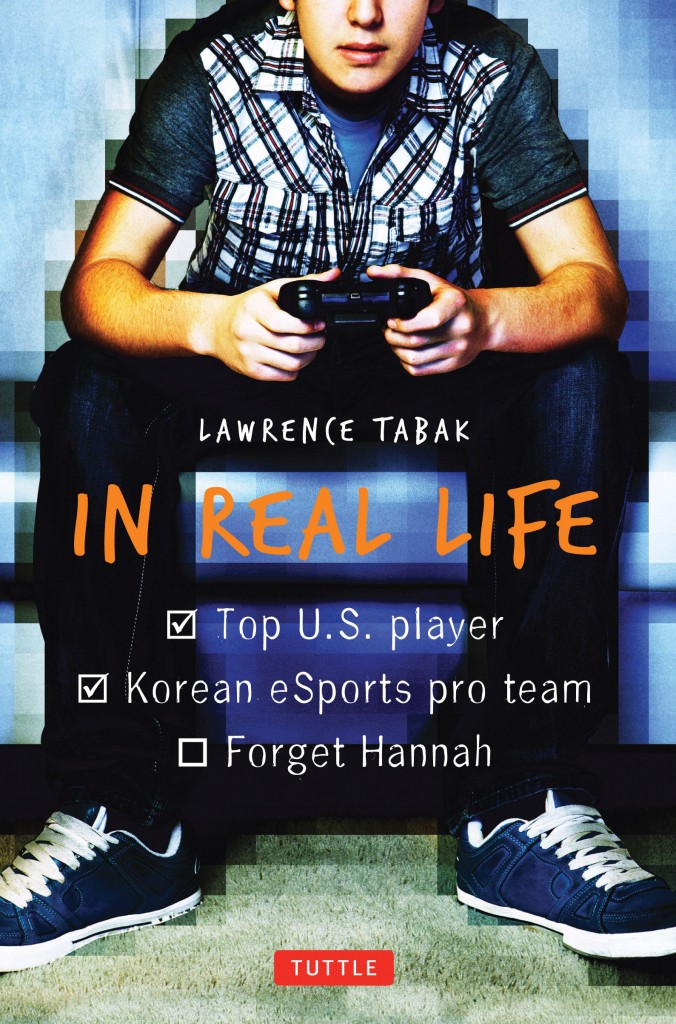BY LAWRENCE TABAK | NOV 2 2017 (from Sierraclub.org)

When we think about lost landscapes, it’s usually the vistas that come to mind: the seemingly endless old-growth forests once stretching from the Atlantic to the Mississippi, the sea of tallgrass beyond. But loss also holds for the small things. Take the regal fritillary (Speyeria idalia), a large, darting orange butterfly with bold silver markings. It was once as common as the monarch, whose size it roughly matches. Now you have to know where to look to find one, and even then it can be elusive. The last known specimen on the Eastern Seaboard was captured in Vermont in 1941; otherwise they are relegated to islands of remnant prairie in the Midwest and are under consideration for federal endangered status.
Regal fritillaries are picky about their habitat. Their larval food is restricted to prairie violets; they then need a large and varied source of nectar over their relatively long two to three months of adult life. They don’t do well when trees encroach on a prairie and are sensitive, particularly in the overwintering larval stage, to prairie fires—a delicate balance, since healthy tallgrass prairies require regular burning.
Richard Henderson, a staff ecologist with the Wisconsin Department of Natural Resources, has seen the population of regals shift during his lifetime. “Populations crashed in the 1970s and 1980s and we became very concerned,” he says. Deepening that concern was the lack of a clear cause of their decline. Habitat loss was an issue, but other factors could include burns, burn timing, and possibly disease as well.
Henderson sees the showy butterfly as a proxy for prairie health. “It’s not just the regal fritillary,” he says. “Some 2,000 species of prairie-specialist insects have been identified in the upper Midwest.” Tracking 2,000 different kinds of insects, however, is obviously not practical. But once you’ve seen the telltale dark inner wings of a swooping regal fritillary, it can be confused with nothing else, making census counts with volunteers practical and accurate.
Could restoring the tallgrass prairie save the species? Prairie restoration has become a widespread, even standard landscaping practice for open spaces in many Midwestern public and corporate parks. But even one of the oldest and most impressive restored prairies in the country, the Curtis Prairie in the University of Wisconsin Arboretum, is missing one obvious element: regal fritillaries.
“If we had a fuller knowledge of how plants and insects and other wildlife interact,” Henderson says, “perhaps we’d have a chance to bring a prairie back to full life in 50 or 100 years instead of thousands. On top of that comes the complication from the inevitable invasives. It’s a huge challenge.”
There is hope, however. In the late 1990s, John Harrington, a University of Wisconsin professor of planning and landscape ecology, and graduate student Kathy Beilfuss began tagging regals at a prairie remnant outside of Madison to track the distribution and range of adults. They found that, for the most part, regals stuck close to home. That’s good in that they remain close to their relatively rare larval food but bad for expanding populations.
Prairie violets appear to be key to a solution. When Montana State professor of ecology Diane Debinski was teaching at Iowa State at the turn of the century, she led a groundbreaking effort to reintroduce fritillaries to Neal Smith Wildlife Refuge, west of Des Moines, which includes 3,000 acres of restored prairie. After a concerted effort to establish the necessary violets, in 2000 and 2001, captured adult butterflies were released onto tented areas containing the essential flower. In 2002, more than 84 free-ranging regals were sighted and many continued to be observed in subsequent years. It takes a large effort, but it is possible to reverse the decline of one of the most spectacular residents of mid-America’s once dominant ecosystem, the tallgrass prairie.



